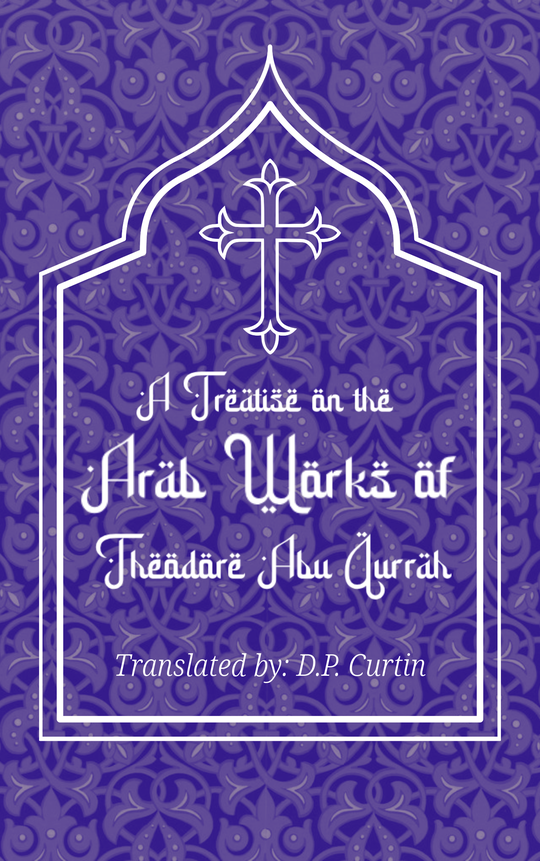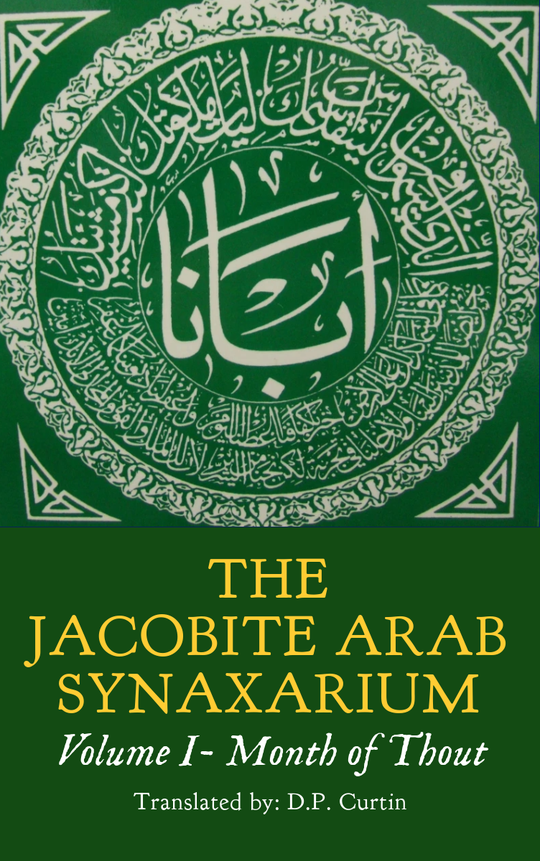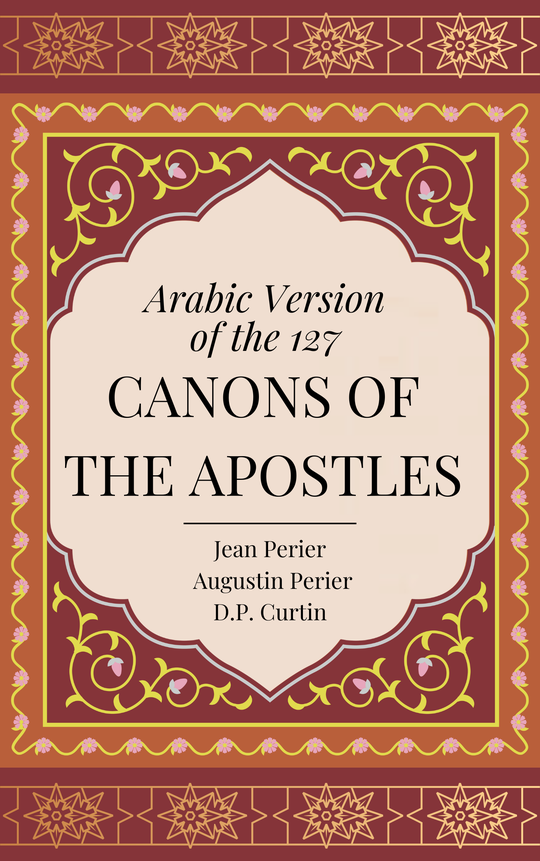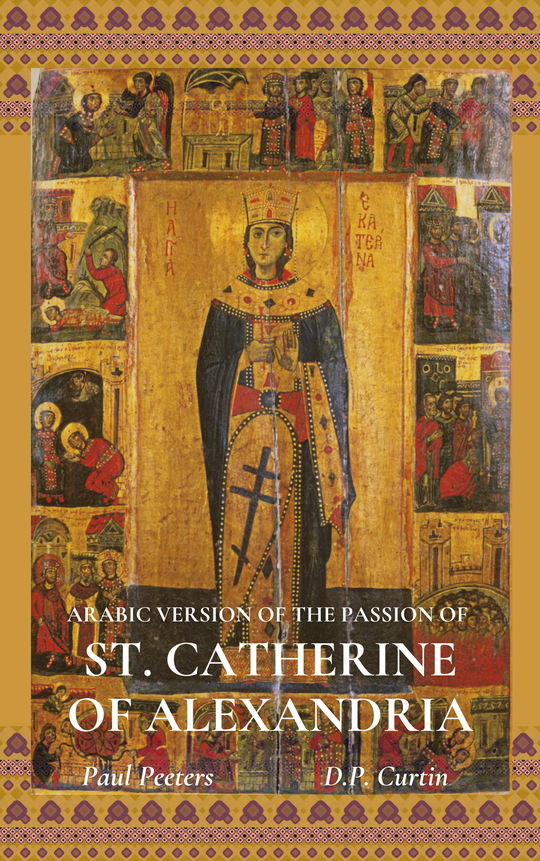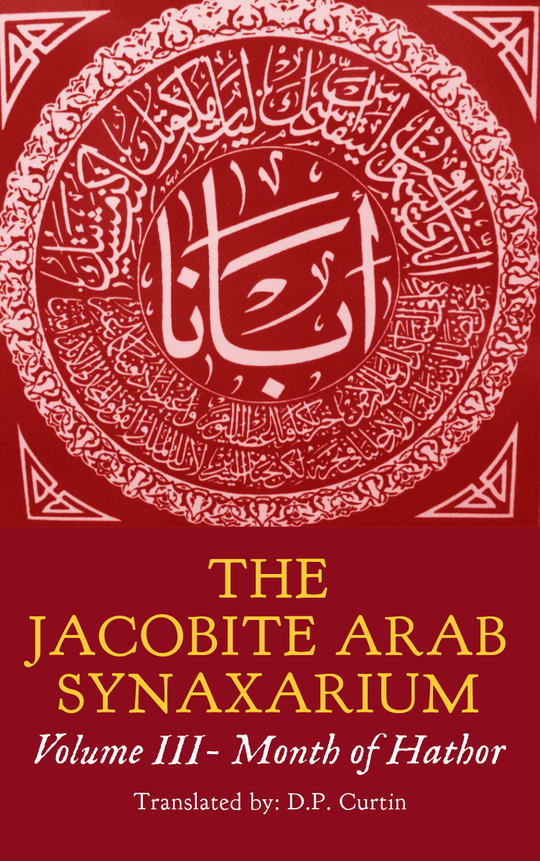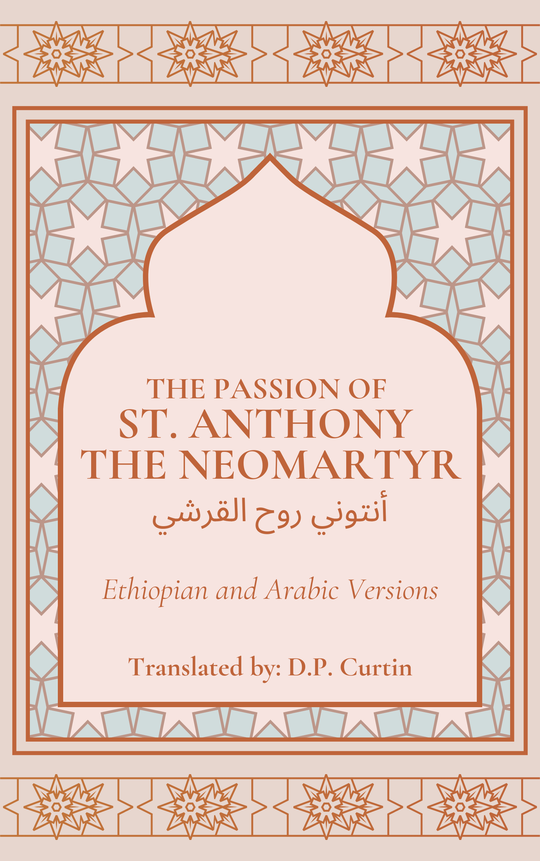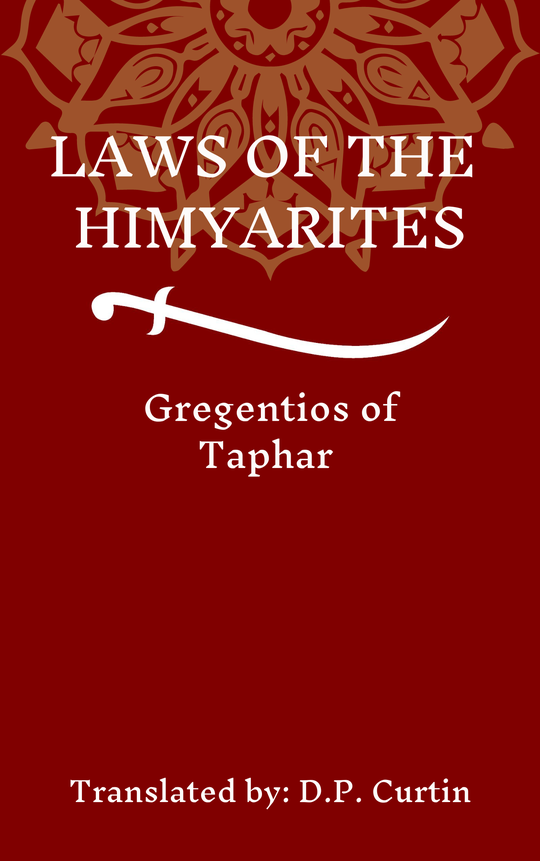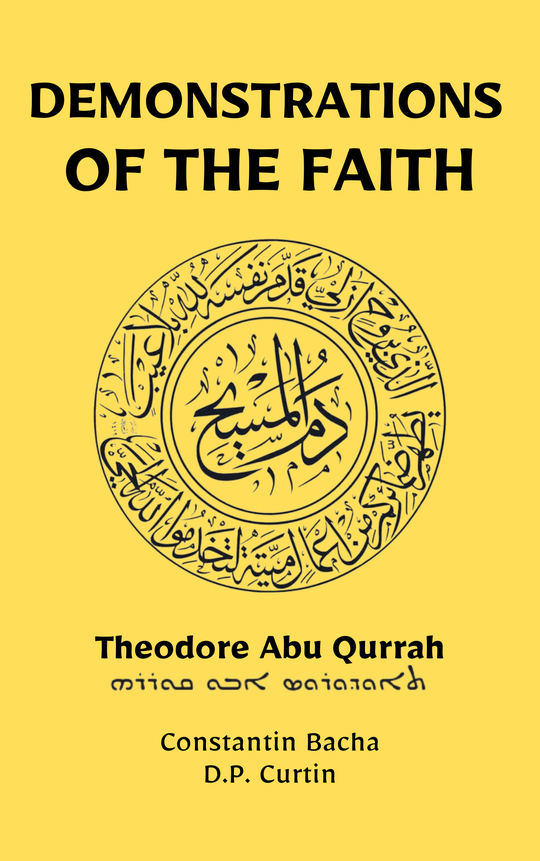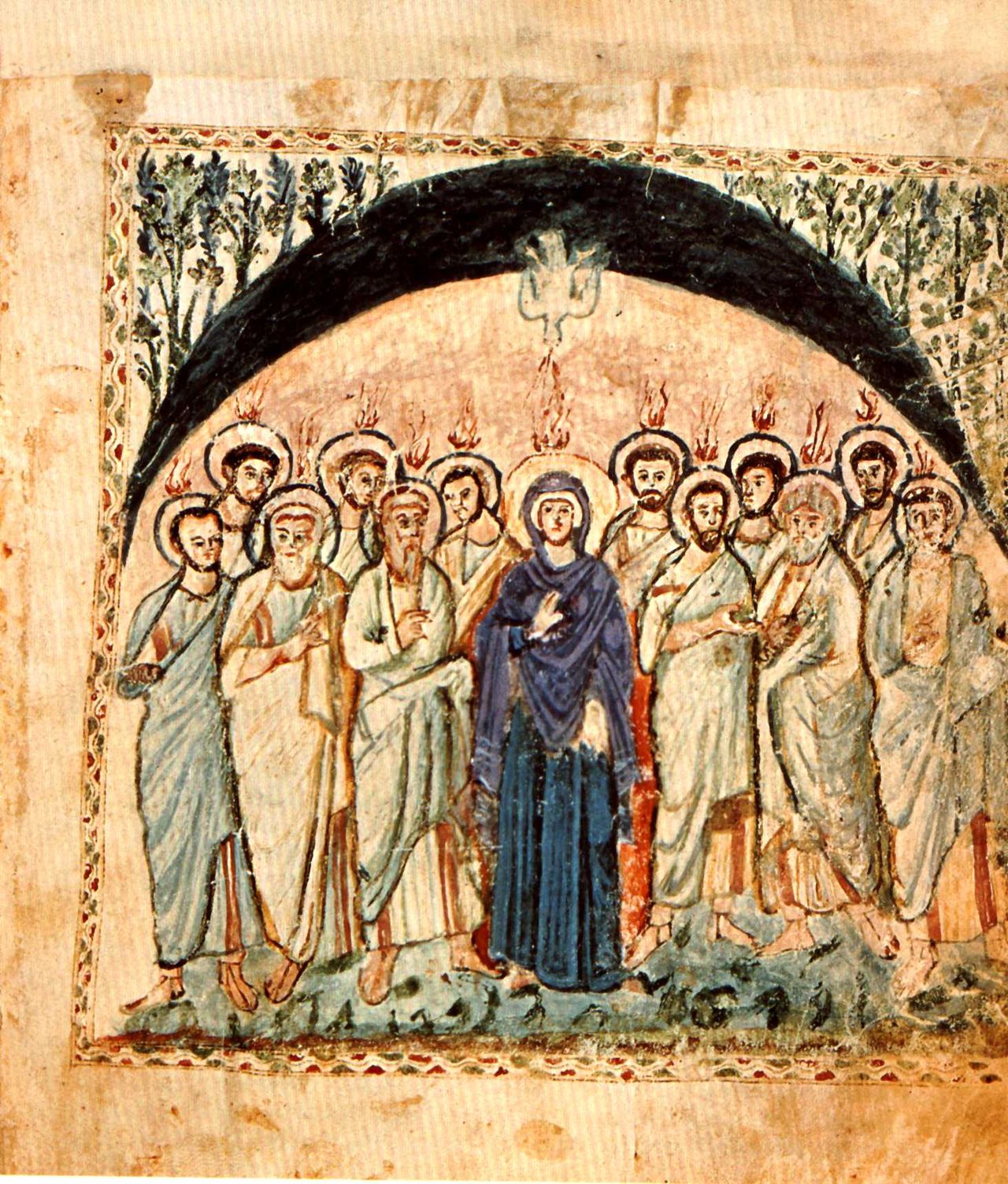
THE ARABIC CHURCH COLLECTION
The history of Christianity in Arabia during the Dark Ages and Medieval period is marked by a unique blend of religious, cultural, and political transformations. Arabia, the birthplace of Islam, had a significant Christian presence before the rise of Islam in the 7th century. The region's churches were part of broader Christian networks spanning the Byzantine Empire and the Sassanian Empire, yet they remained distinct in many ways. This essay explores the development of the Church in Arabia during these periods, examining the spread of Christianity, its interaction with the surrounding empires, and the impact of the Islamic conquests on Christian communities in the region. Before the rise of Islam, Arabia was home to several Christian communities, particularly in its northern and western regions, which bordered the Byzantine and Sassanian empires. Christianity had spread to the Arabian Peninsula as early as the 4th century through missionaries and the influence of neighboring empires. There were particularly strong Christian communities in the regions of Najran (in the south), the city of Hira (in modern-day Iraq), and the oasis cities of Tayma and Khaybar in the northwest. By the 5th century, Christianity had become well-established in parts of Arabia, particularly in the areas that are now part of modern-day Saudi Arabia, Yemen, and Jordan. Christianity in Arabia was characterized by the presence of both Chalcedonian and non-Chalcedonian groups. The Chalcedonian church followed the doctrine established at the Council of Chalcedon (451 AD), while the non-Chalcedonian Christians, such as the Monophysites and Nestorians, maintained theological views differing from the Byzantine orthodoxy. This theological diversity existed in Arabia as it did in the broader Christian world. In southern Arabia, the Kingdom of Himyar (modern Yemen) became an important center for Christianity. King Dhu Nuwas, the ruler of Himyar in the 6th century, converted to Christianity and made it the state religion. However, his reign came to an end after a violent conflict with the forces of the Christian Byzantine Empire, which had allied with the Kingdom of Aksum in Ethiopia. This conflict, known as the "Aksumite invasion," resulted in the defeat of the Himyarite kingdom and the establishment of a Christian presence in the region under Ethiopian influence.
Christianity in Arabia was not isolated from the larger geopolitical world of the time. Both the Byzantine and Sassanian Empires had a strategic interest in spreading Christianity to border regions, including Arabia. In the 6th century, the Byzantine Empire sought to maintain control over Christian communities along its eastern and southern frontiers. This often led to interactions between the Byzantine state and Christian communities in Arabia, particularly in the northwestern regions. The Byzantines also sought to use Christianity as a tool for diplomatic relations with local tribes. Similarly, the Sassanian Empire, which ruled Persia and Iraq, had a significant Christian minority, the Nestorians, who spread eastward into Arabia. In the 5th and 6th centuries, the Persian Empire was home to the Church of the East, which was a strong rival to the Byzantine Church in terms of theological influence. The Nestorian church had established communities in regions bordering the Arabian Peninsula, and their influence spread southward, particularly among the Christian tribes in the region of Bahrain and the coastal areas of Arabia. In the Arabian Peninsula, the Christian communities were thus caught between the competing influences of the Byzantine and Sassanian Empires, each trying to extend their influence into the region. This dynamic contributed to the development of Christianity in Arabia but also to tensions between the Christian communities and their political rulers. The rise of Islam in the 7th century dramatically changed the religious and political landscape of Arabia. Prophet Muhammad’s teachings, which originated in Mecca and Medina, quickly spread across the Arabian Peninsula. As Islam became the dominant religious force in the region, the Christian communities found themselves living under the rule of Muslim Arabs. The spread of Islam, starting with the military conquests led by the Rashidun Caliphate, rapidly displaced Christianity in the region. In the early Islamic period, many Christian communities in Arabia found themselves under the protection of Muslim rulers as "dhimmis," a term referring to non-Muslims living in Muslim lands. As part of this status, Christians were allowed to practice their religion in exchange for paying the jizya (a tax for non-Muslims). However, the influence of Christianity in Arabia waned as more and more people converted to Islam, and the political power shifted away from the Byzantine and Sassanian Empires to the growing Islamic Caliphates. The conversion of the majority of the population of Arabia to Islam during the 7th and 8th centuries left the Christian communities in a minority position. The once-flourishing Christian communities in places like Mecca, Medina, and Najran diminished, and many churches were either destroyed or converted into mosques. In areas that had been important centers of Christianity, such as the region of Bahrain and the south of modern-day Saudi Arabia, Islamic expansion led to the eclipse of Christianity as the dominant religion.
Though the rise of Islam led to the decline of Christianity in the central and northern Arabian Peninsula, there were still pockets of Christians in the region during the medieval period. Many of the Christians who remained in Arabia after the rise of Islam were part of the various sects, such as the Nestorians, the Monophysites (Syriac Orthodox), and the Melkites (Byzantine Catholics), who continued to practice their faith under Muslim rule. By the medieval period, however, the Christian presence in Arabia was increasingly restricted to a few areas, particularly in the borderlands or more isolated regions. In southern Arabia (modern-day Yemen), where the influence of Christianity had been most pronounced, Christians continued to exist in small communities, but the dominance of Islam was complete. In some cases, these Christian communities maintained their religious and cultural identity, but they had to navigate a delicate balance between their religious practices and the Islamic rulers' policies. Christianity in these regions became more a part of the minority religious fabric of Arabia, with some churches preserving important liturgical traditions and interacting with the broader Christian world through trade or missionary activity. The history of the Church in Arabia during the Dark Ages and Medieval period is a story of both flourishing and decline. Christianity spread to Arabia through both imperial influence and local conversions, establishing vibrant communities, especially in the north and south of the peninsula. However, the rise of Islam in the 7th century fundamentally changed the religious landscape of the region. As Islam rapidly became the dominant religion, Christian communities faced persecution and the eventual decline of their influence in much of the Arabian Peninsula. While Christianity in Arabia experienced a significant contraction after the rise of Islam, it did not completely vanish. Small Christian communities continued to exist under Islamic rule, and Christianity remained a part of the region’s cultural heritage, even as Islam became the central religious force. Ultimately, the history of the Church in Arabia during this period serves as a reminder of the complex interactions between religion, politics, and culture, and how these interactions can shape the fate of religious communities over time.
